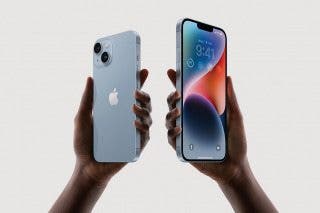iPhone 12 Lineup: Release Dates, Prices & Details for the 2020 iPhones
We're looking at the smallest and largest iPhones on the market, but what else do the new iPhones have to offer?


After a turbulent year, Apple has finally announced its 2020 iPhone lineup. This is the first time ever that the new iPhones made their debut after the new iPads and Apple Watch, and only the second time an iPhone announcement came in October. Nevertheless, Apple worked hard to make the 2020 iPhones worth the wait, bringing forth four new models: the iPhone 12, iPhone 12 mini, iPhone 12 Pro, and iPhone 12 Pro Max. Between the iPhone 12 mini and the iPhone 12 Pro Max, we are looking at the smallest and largest iPhones you can get, and some of the benefits and drawbacks that come with that. This is also the moment 5G is arriving to the iPhone universe, and that plus the new A14 Bionic chip promises new levels of speed for our iPhones. The Pro models are bringing serious upgrades to cameras and photo processing, but will all of these features make an upgrade worth it? Let's take a closer look so you can decide for yourself if you want to upgrade and, if so, which iPhone is right for you.
2020 iPhones Release Date
- iPhone 12 will be available for pre-order October 16 and in stores October 23.
- iPhone 12 mini will be available for pre-order November 6 and in stores November 13.
- iPhone 12 Pro will be available for pre-order October 16 and in stores October 23.
- iPhone 12 Pro Max will be available for pre-order November 6 and in stores November 13.
iPhone 12 Prices
For the amount of storage space offered, the prices for the 12 Pro models are surprisingly modest, especially compared with the 2019 iPhones, where the iPhone 11 Pro and Pro Max cost the same amount for half the storage space in the cheapest models. The price breakdown this year goes:
iPhone 12
$799 or $33.29/month for 64 GB $849 or $35.37/month for 128 GB $949 or $39.54/month for 256 GB
iPhone 12 mini
$699 or $29.12/month for 64 GB $749 or $31.20/month for 128 GB $849 or $35.37/month for 256 GB
iPhone 12 Pro
$999 or $41.62/month for 128 GB $1,099 or $45.79/month for 256 GB $1,299 or $54.12/month for 512 GB
iPhone 12 Pro Max
$1,099 or $45.79/month for 128 GB $1,199 or $49.95/month for 256 GB $1,399 or $58.29/month for 512 GB
iPhone 12 & iPhone 12 Mini

While these two may be considered the "budget models," there are plenty of reasons why they stand strong on their own. Besides a size difference, they have identical specs including:
- Super Retina XDR display (6.1" for the iPhone 12, 5.4" for the iPhone 12 mini)
- 5G capabilities
- Ultra Wide and Wide lens cameras
- Dolby Vision HDR video recording
- 2X Optical zoom range
- A14 Bionic chip
- Water resistance to a depth up to 6 meters for 30 minutes
- Compatibility with MagSafe accessories and wireless chargers
- Blue, green, black, white, and PRODUCT(RED) colors.
- The surprise purple iPhone Apple announced in April.
To the naked eye, it would appear that the only reason to choose one over the other was phone size. And while it's true that a slightly bigger screen, or a lighter, smaller option will suit different people, it's also important to note that the iPhone 12 mini does have a slightly shorter battery life, with a 15-hour video playback as opposed to a 17-hour one. Still, the color and size options do offer a solid level of customization for nearly the same phone that we haven't seen before.
Those who bought the 2020 SE, though, may be feeling differently about the iPhone mini. For several years, the iPhone SE has been a smaller and more budget-friendly iPhone, and the performance sacrifices that came with it were worth it to many. But having an even smaller iPhone with higher performance come out less than a year after the 2020 SE without much warning may leave buyers feeling they were subjected to a bait and switch. We will have to see how the 2021 SE does (if there is one released at all), to see how potential buyers feel about this new option.
Body & Display
Both the iPhone 12 and iPhone 12 mini will have the edge-to-edge Super Retina OLED display that will appear in the entire iPhone 12 lineup, and the aluminum body means a lighter weight. Apple promises a crystal-clear display that will be protected by the new Ceramic Shield. According to Apple, this is "the biggest jump in durability ever on iPhone", which is very good news to people like me who keep managing to crack my screen no matter how durable it claims to be. I'm certain to test this capability within the first week, so let's hope it lives up to the hype.
A14 Bionic Chip
All four models will include the A14 Bionic chip. In some bold claims, Apple professes "A14 Bionic has the fastest CPU and GPU by up to 50 percent compared to the fastest competing smartphone chips". Besides heightened speed and performance (this bad boy can supposedly run up to 11 trillion operations per second), the A14 Bionic is increasing the newest iPhones' gaming capabilities, and bringing League of Legends, the most played video game in the world, to the iPhone. It also allows for increased photo capabilities, which we will look at next.

Camera
The iPhone 12 and iPhone 12 mini have a new dual camera system, consisting of the Ultra Wide camera we saw in previous models and a new Wide camera. The new aperture is the fastest yet, which will be good for low-light pictures, which the 2020 iPhone cameras seem to be all about. All 2020 iPhone cameras will have Night mode and Deep Fusion which should lead to better texture and overall higher quality on all photos, but especially those taken in low light. You'll also be able to do Time Lapse in Night mode, which could lead to some pretty cool videos of the night sky. Overall, high quality cameras have always helped iPhones stand apart from their competition, and this year is no different. We will have to see if our low-light restaurants come out anything like the professional quality photos shown in their announcement with snappy music playing along, but considering where we're starting from, I'm feeling pretty optimistic.
Eco-Friendly Goals & Packaging
Apple announced it is aiming to have net zero climate impact by 2030, and part of this is eliminating the power adapter and EarPods from their packaging. This not only cuts down on the production and waste from these products, but also allows for smaller boxes, which means more can be fit on a shipping pallet, cutting down on trips back and forth from the factory. It's hard to ignore that all of this cuts costs for Apple too, but whatever the motivation, it's important that big companies start taking these steps and setting these ambitious goals, so I am personally happy to see this change. Apple is still including a Lightning to USB-C charging cable, so your charging needs will not be forgotten.
iPhone 12 Pro & iPhone 12 Pro Max
The Pro models are bringing it big time with their cameras. While they include all of the features of the budget models, such as A14 chip, 5G and the Super Retina OLED display, what sets them apart is their size and three camera system. Before we get into that, let's take a look at the specs. Items that are not included in or differ from the budget models are in bold:
- Super Retina XDR display (6.1" for the iPhone 12 Pro, 6.7" for the iPhone 12 Pro Max);
- 5G capabilities
- Ultra Wide, Wide, and Telephoto lens cameras
- Dolby Vision HDR video recording
- 4X Optical zoom range for the iPhone 12 Pro, 5X for the iPhone 12 Pro Max
- LiDar Scanner for Night mode & more
- A14 Bionic chip
- Water resistance to a depth up to 6 meters for 30 minutes
- Compatibility with MagSafe accessories and wireless chargers
- Pacific Blue, gold, graphite, and silver colors.
12 Pro Camera System
A new image signal processor (ISP) works with the A14 Bionic chip to create top level picture processing. Both Pro models will have the new Apple ProRAW, which will come out later this year, although an official release date has not yet been announced. It will bring the experience of RAW photos to the iPhone, while also allowing editing such as adding filters directly in your Photos app, without sacrificing quality. While this is a very exciting new feature for those familiar with RAW photos and a considerable amount of photo editing under their belt, it may have less appeal to those who just want to take nice pictures of their family or surroundings and not do too much editing after.

Pro vs. Pro Max
Both the iPhone 12 Pro and the iPhone 12 Pro Max feature the fastest aperture ever on an iPhone of ƒ/1.6, which, as mentioned before, is very good news for low light situations. The 12 Pro boasts 27 percent improved low light quality while the 12 Pro Max claims 87 percent improvement. The Pro has a 52 mm focal length Telephoto camera allowing for 4x zoom, while the Pro Max's Telephoto camera's focal length is 65 mm, allowing for 5x zoom. Both have improvements to Night Mode compared with the budget models, and high quality videos (according to Apple, the highest quality on a smartphone), with Dolby Vision up to 60 fps, while the budget models offer a max of 30 fps.
Whether you're looking for something that will fit more comfortably in one hand or a way to take your photos and videos to the next level, the four iPhone 12 models certainly have a lot to offer. The promise seems great, especially where the cameras are involved, but as they are not yet released, we are still waiting to see if they live up to the hype. Apple is claiming all sorts of leaps and bounds, but how much difference will the average user actually see? Only time will tell, and we're excited to find out.

Amy Spitzfaden Both
Amy Spitzfaden-Both is the Managing Editor for iPhone Life magazine and an award-winning novelist, with over 10 years of experience in the publishing industry. She specializes in Apple news and rumors, health and fitness tech, and parenting in the digital age. She graduated from MIU with a BA in Literature and Writing.
Amy lives in New Hampshire with her husband and daughter. When she’s not writing or glued to her iPhone, she enjoys hiking, traveling, and creating her own tea blends.
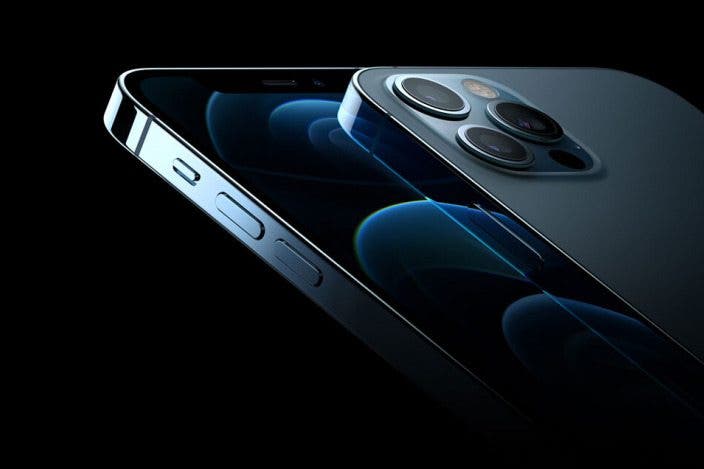
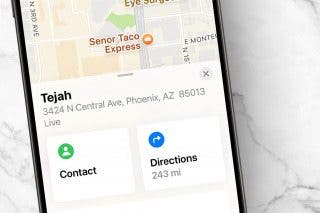
 Rachel Needell
Rachel Needell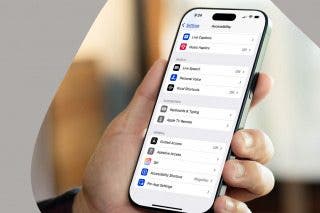
 Rhett Intriago
Rhett Intriago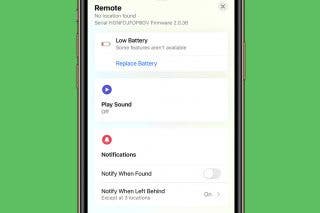
 Olena Kagui
Olena Kagui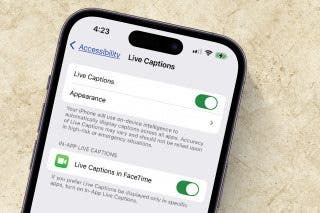
 Amy Spitzfaden Both
Amy Spitzfaden Both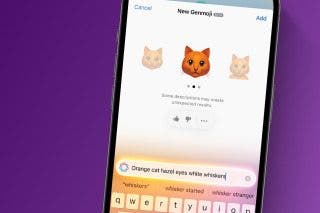
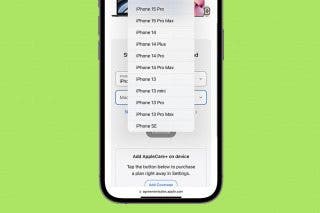

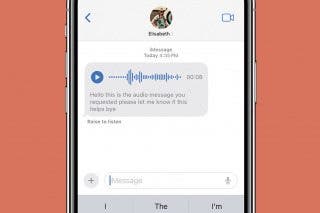

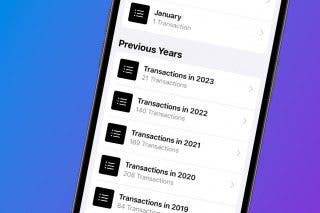
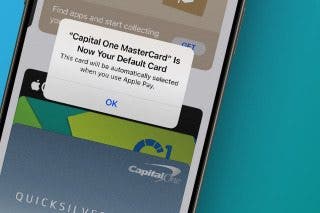
 Leanne Hays
Leanne Hays
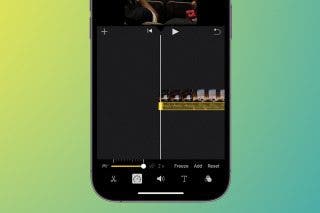
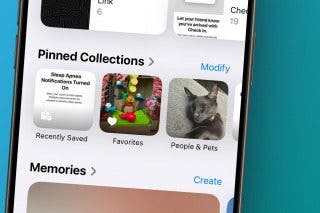
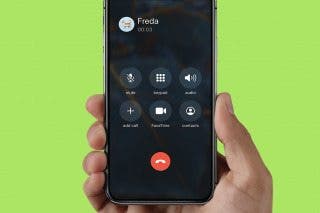
 Belinda Sanmiguel
Belinda Sanmiguel